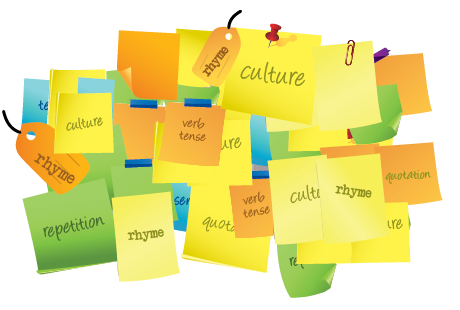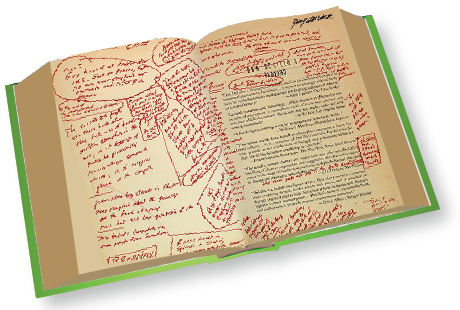Maybel Mesa Morales, Texas A&M University
I decided to implement eComma in a Spanish lower division class, as part of a major project of teaching action research that I am currently conducting with Dr. Gabriela Zapata in the area of social reading. By using eComma in my Spanish 202 (fourth semester) class, I aim to activate my students’ literary reading and comprehension skills through collaboration. The transition from Spanish Lower division courses to the Upper Levels was a challenging experience for many students when I had them functionally and critically analyze literary texts in the L2. Therefore, my goal was to implement eComma as a digital tool in order to activate target language comprehensibility while creating meaning through social interaction. I designed a social reading activity using the poem: “Date a volar” written by Alfonsina Storni (1892-1938), one of the most important Argentine poets.
The lesson
I provided students with several links about the author as part of pre-reading activities. Some students were asked to research the life of Alfonsina Storni while others completed the information gaps by looking through the author’s work.
To read the poem, students were asked to form small groups to analyze different stanzas so that the cognitive load was distributed and students were more collaboratively engaged in the activity.
As part of the follow up, students had to match the stanza with a picture. So, the ability to link the written text to a visual representation of the content showcases effective reading comprehension. This stood out as the students’ most successful application of the multimodal reading strategy. Some of the images were a metaphorical interpretation of the poem and not just a direct transposition of meaning.
Examples of students’ annotations
These are some of the interpretative notes written by the students after reading the poem. It is important to point out that students were free to take these notes in either L1 or L2.
“Be free and enjoy how beautiful life is because before you know it, it’ll be too late.”
“Este estrofa es interesante. Es un descripción de la libertad de un ave, pero también es un descripción de los limitaciones de la libertad. Por ejemplo, el ave necesita ayuda para comer las migajas.”
“La tema de esta estrofa esta buscando para algo mejor. La golondrina vuela de la origin del poeta a los lugares en los países del América de sur.”
“I think this is her way of saying she doesn’t want anyone else going through the pain like she’s had to.”
Observations
Even though my students had an active participation which is reflected in 47 comments and 33 tags in total by the end of the class, I was expecting more written discussion about different interpretations of the poem. Next time, I will be more emphatic in my instructions on this aspect.
Additionally, I would like eComma to allow users to paste the image in the comments rather than just the link.
On the other hand, I could realize the multiple advantages of using eComma in class, among them:
- The opportunity to turn the reading process into a social praxis and a form of collaborative learning.
- The possibility to interact simultaneously by using digital technology to generate meaning collectively.
- eComma registers the number of tags and comments made by the students, so it is easy to assess their individual contribution to the class.





